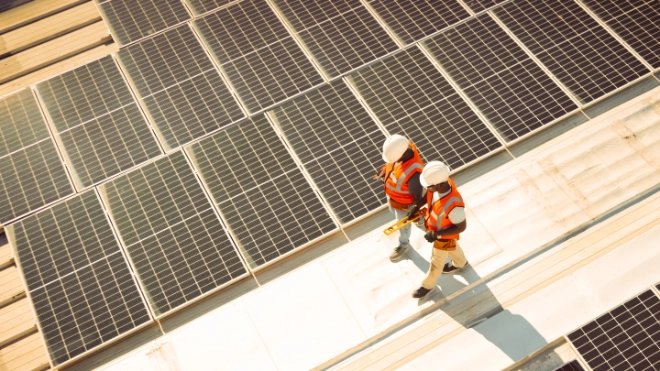Rapporten
Blijf op de hoogte van economische trends, risicoanalyses en exportstrategieën met onze rapporten en analyses. Speciaal ontwikkeld om exporteurs en financiële besluitvormers te ondersteunen op wereldwijde markten.
 Nederlandse Staatsbedrijvenvh
Nederlandse Staatsbedrijvenvh
 Nederlandse Staatsbedrijvenvh
Nederlandse Staatsbedrijvenvh

Blijf op de hoogte van economische trends, risicoanalyses en exportstrategieën met onze rapporten en analyses. Speciaal ontwikkeld om exporteurs en financiële besluitvormers te ondersteunen op wereldwijde markten.
Filteren op
Op zoek naar veilige havens in een verdeelde regio


De schok van het Amerikaanse handelsbeleid is ongekend en drukt op de mondiale economische vooruitzichten.

Growing resilience tested by US policy shifts

The energy mix is gradually moving away from fossil fuels to renewables

Varied economic growth prospects in a volatile world

The trade war is escalating quickly and uncertainty is high, motivating an update to our global economic outlook.

Countries in the Caucasus and Central Asia need deeper reforms and investment to make the transition to high-income status
Kijken op 7 van 114








Een veilige oplossing voor uw exporttransactie?
Ontvang automatisch ons online magazine - Creditnotes.